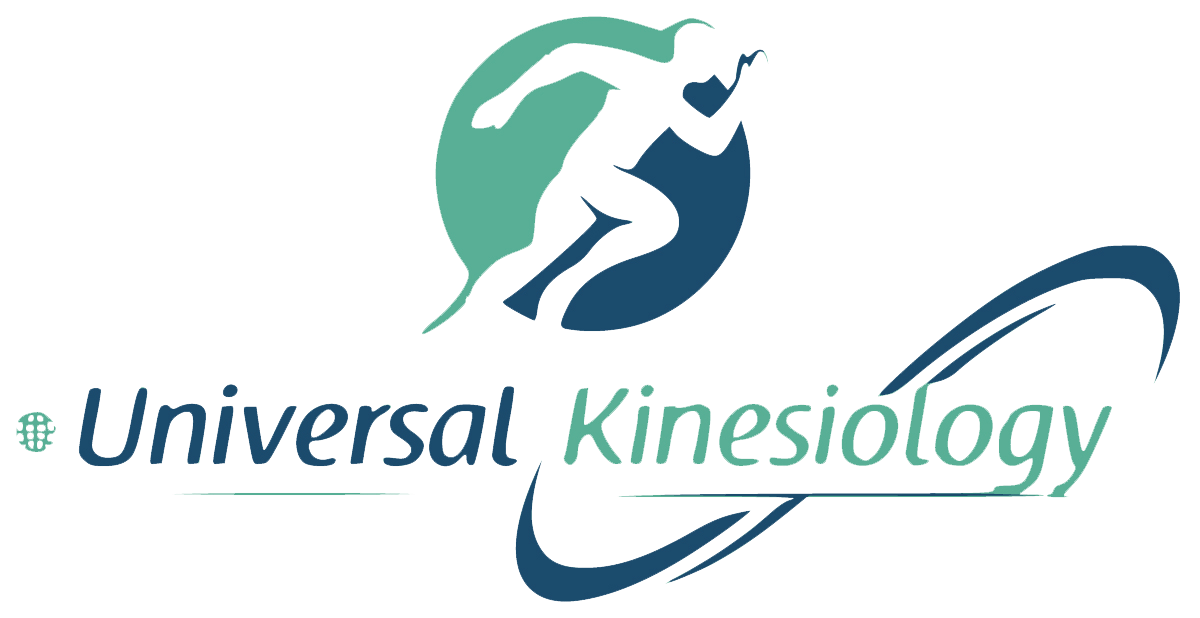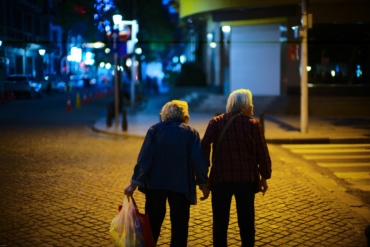Ageing and self-care tasks
Dear readers,
a longer existence might create new opportunities or disabilities, depending on whether these additional years of life are characterized by healthy or non-healthy habits.
Brief overview
The execution of the self-care tasks, so-called activities of daily living (ADL: e.g., eating, dressing, walking) and instrumental activities of daily living (IADLs: e.g., preparing meals, shopping, housekeeping), only involves a minimal challenge of the maximal physical capacity.
However, during ageing, a normal and basic activity (e.g., dressing) becomes difficult and then impossible to perform, gradually requiring higher physical demands.
PA in older age
The World Health Organization (WHO) underlines the importance of a Healthy Ageing that enables well-being and prevents age-related consequences.
The maintenance of a good reserve capacity holds away from the cascade of negative events that can lead to a lower threshold for disabilities and unfavourable life situations.
A healthy lifestyle, including correct diet, abstinence from cigarette smoking and a regular physical activity (PA) has a pivot role for healthy ageing.
It is well known that regular PA leads to positive effects on health, such as improvements in cardiovascular fitness, muscular strength and balance that could increase the individuals’ quality of life. Therefore, WHO’s recommendations for 65 years old individuals and above suggest at least 150 minutes of moderate-intensity aerobic PA throughout the week with muscle-strengthening activities done twice or more days a week. PA’s activities include, for example, walking, dancing, gardening, swimming, hiking.
The intrinsic capacity (mental and physical capacities), together with the environmental features, characterizes the functional ability that enables well-being in older age: preserve a worthy relationship between the physiological and functional status is a successful strategy to embrace aimed at maintaining an independent and good quality of life. How can it be possible? It’s simple: thanks to the regular practice of PA, which is a good habit to get into.
Take care of yourself and start to move.
References
Garatachea, N., Pareja-Galeano, H., Sanchis-Gomar, F., Santos-Lozano, A., Fiuza-Luces, C., Morán, M., Emanuele, E., Joyner, M. and Lucia, A. (2015). Exercise Attenuates the Major Hallmarks of Aging. Rejuvenation Research, 18(1), pp.57-89.
World Health Organization (WHO) 2020.What is Healthy Ageing?
World Health Organization (WHO) 2020. Physical Activity and Older Adults.
Edited by
Dott.ssa Francesca Greco



Commenta con Facebook